Low-growing perennial shrubs and flowers for border planting
In garden design, border flowers often act as a hedge that can be used to divide an area into zones. Such plants look beautiful if they are planted along the path leading to the entrance to the house. Better to opt for perennial shrubs and flowers, they do not need to be planted annually. Caring for such a curb does not require much time. For planting in the middle lane, unpretentious and frost-resistant species are suitable.
Ornamental deciduous shrubs
The hedge serves as a decorative element if it looks neat, trimmed in time. The density of planting is also important, for all plants it is different.
Perennial undersized shrubs for the border with the names:
- Fortune's eonymus. An ornamental shrub with a slow growth rate. The plant has creeping shoots. In height, miniature varieties of Fortune euonymus do not exceed 50 cm. Densely leafy shoots. The leaves are glossy, small (2–5 cm in length). There are variegated varieties. The shrub is drought-resistant, can grow in partial shade, reacts well to pruning.
- Spirea. A beautifully flowering shrub. Depending on the variety, the color of foliage and inflorescences can be different. Spireas are plastic, they can easily be given any shape with the help of regular haircuts. The first 2-3 years of life, the shrub is covered for the winter.
- Rhododendron. Miniature rhododendron hybrids are suitable for creating a hedge or border. They need acidic fertile soil, protection from strong winds. Evergreen species need shelter from the winter and spring sun. Shrub flowers can be different in shape and color.
- Magnolia is holly. The culture is planted as a hedge no more than 1 m high. Glossy leaves with a jagged edge of a saturated color give decorativeness to the shrub. The advantage is that the foliage does not fall off for the winter, and the hedge stands out effectively against the background of the snow-covered area. In spring, the plant blooms with small yellow flowers, collected in racemose inflorescences. After flowering, the shrub is decorated with clusters of bluish-black fruits.
- Cotoneaster. Several types of plant are suitable for borders. A pressed cotoneaster, a horizontal cotoneaster or a Dammer cotoneaster are planted along the paths. The shrub has small oval leaves; in the fall, red fruits appear on the branches. The cotoneaster needs regular watering and shelter for the winter.
- Bloodroot. Perennials such as Daurian Potentilla and shrubbery are planted as a border. Both species are in bloom. Small white flowers appear on Dahurian cinquefoil in summer, flowering ends in autumn. Shrub cinquefoil produces white, red, pink yellow flowers (the color of the buds depends on the variety). Both plants are frost-resistant, require minimal watering and fertilizing, and tolerate pruning well.
From decorative deciduous shrubs for border planting, you can also use:
- dyeing gorse,
- polyanthus and ground cover roses,
- heenomeles japanese,
- glossy honeysuckle,
- snowberry,
- boxwood,
- boxwood barberry.
Perennial shrubs from the list are distinguished by a slow growth rate, they tolerate wintering well in the middle lane. For the winter, an evergreen hedge must be covered with an agrospan to prevent damage to the foliage.
Perennial flowers for border
When choosing border flowers, it is better to choose perennial species that bloom all summer. In this case, the garden will always look bright and elegant.Flowering perennials have a number of benefits:
- long life expectancy;
- unpretentious care;
- long flowering period;
- good adaptive abilities;
- the ability to provide protection from weeds.
As soon as frosts come, the vegetative part of the flowers dies off, and the roots remain underground for the winter. With the arrival of heat in the next season, the growing cycle is repeated. For border planting, species are selected that do not exceed 40 cm in height.The width of the border should not exceed 0.5 m.
The list of popular flowers for border planting includes many types.
Agapanthus
The second name of the flower is African lily. The plant belongs to the bulbous family. It is characterized by a powerful developed root system, narrow leaves are collected in a basal rosette. On high peduncles in July, flowers appear, collected in umbellate inflorescences. Flowering continues until October. To create a border, dwarf varieties of agapanthus with a height of 30–40 cm are chosen. The color of the flowers is predominantly blue or blue.
Correct agricultural technique:
- before planting, the soil is drained, fertilized, deacidified if necessary;
- like other bulbous plants, agapanthus does not need frequent watering, it needs to be regularly moistened only during heat and drought;
- for feeding, use granular complex fertilizers;
- needs protection from slugs.
Over time, the plantings thicken, so once every 4 years the flowers will need to be planted. Faded inflorescences must be removed in order to maintain decorativeness and preserve the strength of the agapanthus for further flowering.
Creeping insect
A creeping plant variety is planted in the curbs. Gardeners use the tenacious plant as a ground cover. The plant produces a bright blue colored carpet even in low light. Flowers are collected in spike-shaped inflorescences. Due to the formation of dense thickets, the tenacious prevents the growth of weeds. The plant easily recovers after damage and freezing, resistant to weather disasters. Wet loams are best suited for the tenacious.
Correct agricultural technique:
- plant the tenacious in a drained soil;
- water the plant often, with small doses of water;
- the crop prefers organic fertilizers.
Due to the fact that the survivor is rapidly spreading, its thickets must be limited by digging in low fences around the perimeter of the allotted zone.
The flowering period of the creeping insect lasts 3 weeks, capturing May and June. In the future, the area will be decorated with spectacular perennial rounded leaves.
Chrysanthemum
Today, more than 150 varieties and species of chrysanthemums are used in gardening. Small-flowered dwarf varieties are selected for planting in the border. The advantages of this crop lie in the variety of inflorescence colors and long flowering periods. By combining several varieties, it will be possible to get a flowering framing of the track from August to November. It is better to plant the plant in dry, bright places protected from drafts.
Features of agricultural technology:
- the land should be good for moisture and air, be fertile;
- top dressing is rarely used, since otherwise the quality of flowering will decrease;
- every 2-3 years chrysanthemums are transplanted to another place;
- in cold regions in winter, the bushes need to be covered.
Chrysanthemums can be crimson, yellow, white, orange, pink, lilac, red. Many varieties have a center in a contrasting color. Flowers can be double, simple, semi-double, spherical.
Aubertia, or Aubrieta
Perennial is a member of the cabbage family. When planting, the aubertia forms a dense carpet 10–20 cm high. The color range of varieties is diverse and includes burgundy, white, pink, blue, lilac with many shades. Aubertia grows best on sandy or sandy loamy soils with neutral acidity.
Correct agricultural technique:
- shave is watered only during severe drought, it cannot stand excess moisture and can suffer from frequent rains;
- fertilize plantings 2 times: in spring and summer, using complex mineral fertilizer;
- preventive treatments are needed against fungal diseases to which the culture is susceptible.
With full care for aubertia, flowering occurs in 2 waves. The first time the perennial blooms in late spring and blooms for 1.5 months. The second wave of flowering occurs in early autumn and lasts a little over 30 days.
Balsam
An unpretentious perennial with a long flowering period. The plant has erect stems with oval-shaped leaves. The main decoration of balsam is its large flowers. They can be plain and terry, monochromatic or two-color. Hybrids vary in height, so you can always choose a variety that is suitable for border planting.
Balsam agrotechnics:
- you should not plant flowers under the scorching sun and in places not protected from the wind;
- the plant requires watering 2 times a week;
- for abundant flowering, a complex mineral fertilizer for flowering plants must be applied every 2 weeks.
Balsam blooms all summer long. For the winter, the flowers are dug up and kept in a warm, bright room, and in the spring they are planted again on the site.
Dicenter
For border planting, several varieties of dicentra (magnificent, beautiful, exceptional) and hybrids derived from them are suitable at once. The main requirement is the compact size of the bush. Planting a plant on a site can be done in spring and autumn. A perennial will grow well in a lit place and with a little shade. It is better to plant a dicenter in a drained nutrient soil that retains moisture well.
Features of agricultural technology:
- the bleeding center requires moderate watering;
- the root zone must be regularly loosened and weeded;
- fertilize the culture three times per season (in the spring - with nitrogen, in the summer - with phosphorus, in the fall - with organic fertilizers);
- faded inflorescences must be removed regularly, this will prolong flowering;
- in one place the bicenter grows well for 5–6 years, then another place is selected for the plant.
You can easily get new copies of the plant using cuttings. The dicenter is resistant to fungal diseases. Sometimes the flower suffers from viral diseases, they can be identified by the appearance of spots and stripes on young leaves. The timing and duration of flowering depends on the species. For example, a beautiful bleeding center blooms all summer.
Features of planting and care
Perennial shrubs used for border planting are planted with a dense wall to provide visual solidity to the hedge. Shrub trimming should be done as needed, taking into account the growth rate and appearance of the plants.
Immediately after pruning, the planting is abundantly watered and fed. If rejuvenating pruning is required, on evergreen crops it is carried out in the spring, deciduous shrubs are pruned before sap flow begins. When the hedge reaches the desired height, the desired level is maintained by a haircut made every month.
Perennial flowers in borders can be combined with other plants that meet the requirements for keeping conditions, soil composition and care. Shade is easily tolerated by crops such as periwinkle, astilba, galanthus, irises, hellebore. In a sunny place, you can plant aquilegia, heuchera, daffodils, tulips, feathery carnations.
When planting, be sure to take into account how the plants will combine with each other in color. A border of perennial flowers can be monochromatic and multi-colored, and also have several tiers. Plants should not be planted close to the path, after regrowth, leaves and flowers can interfere with free movement.
Borders help make your garden design complete and stylish.Having spent time planting border perennials once every few years, it will be possible from year to year to admire the riot of colors and proudly show their possessions to guests. At the same time, one should not forget about caring for the plantings so that the plants always remain healthy and do not lose their decorative qualities.
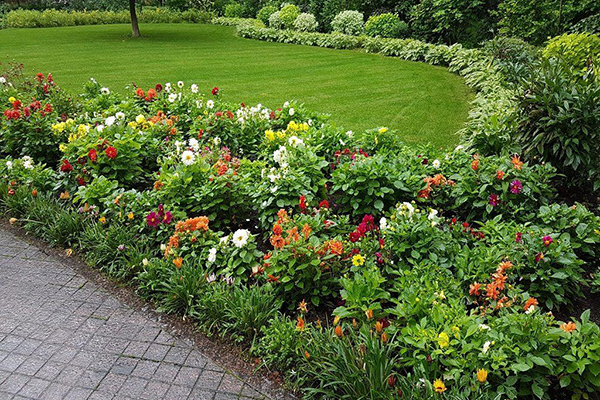

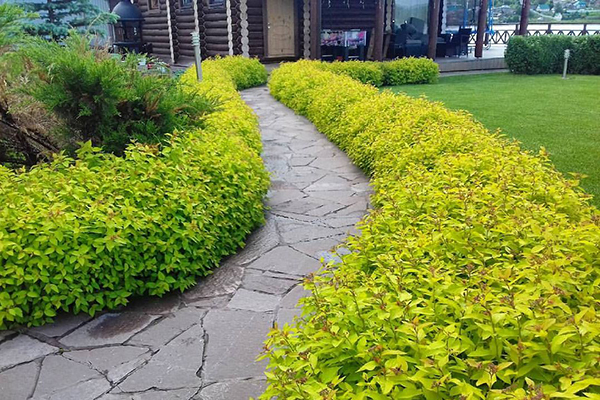
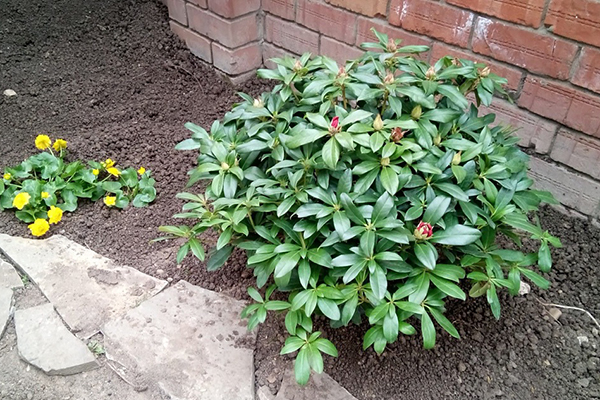
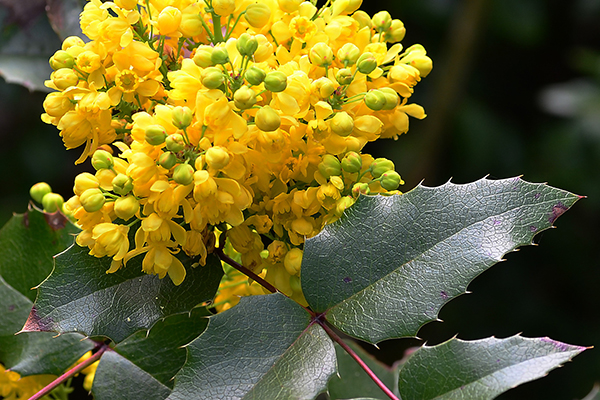
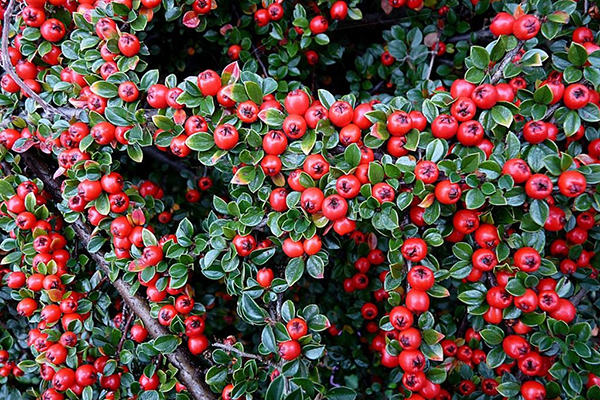
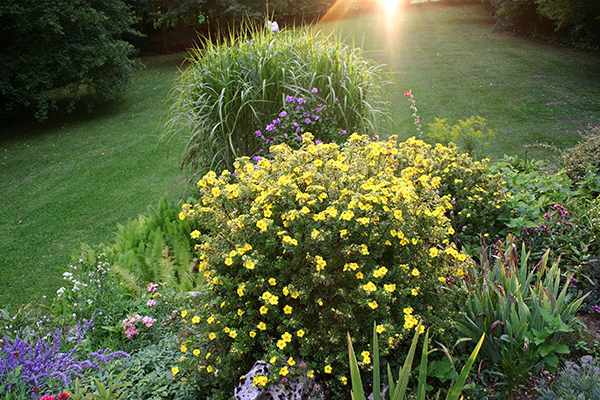
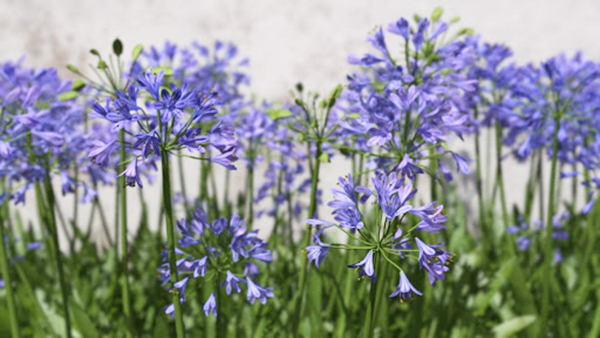
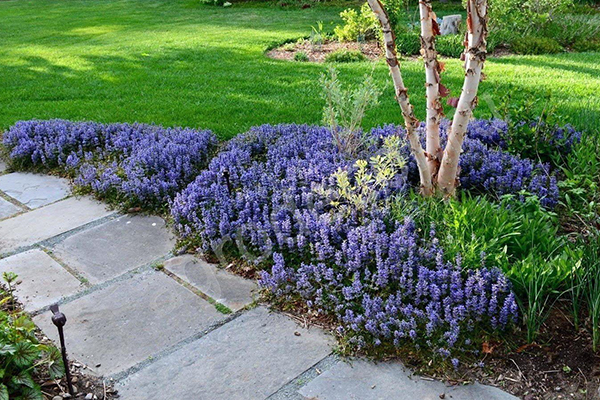
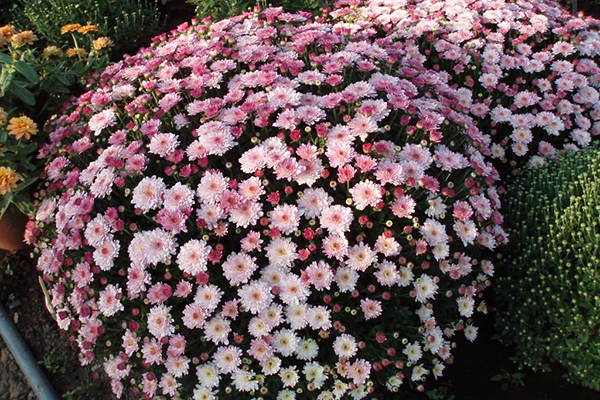
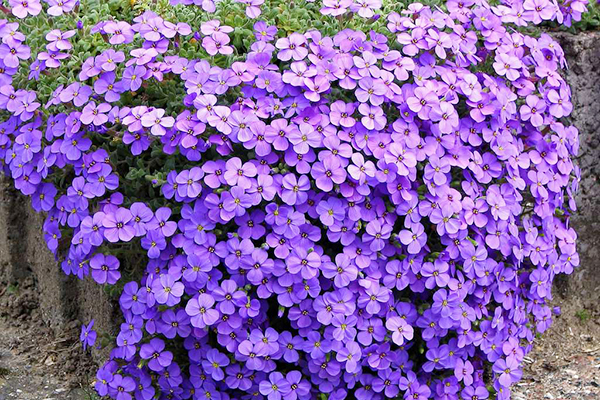
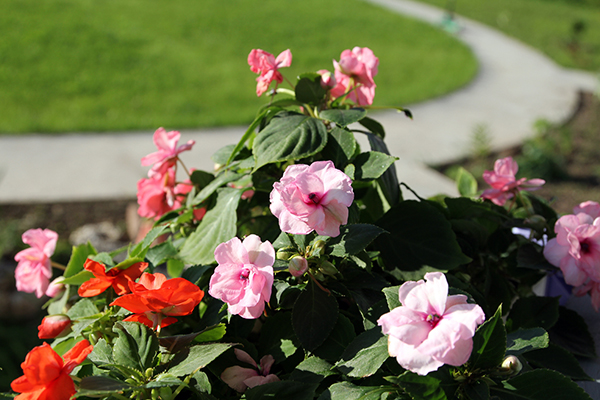


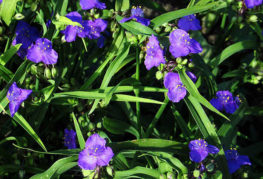
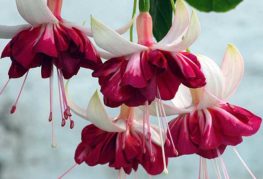
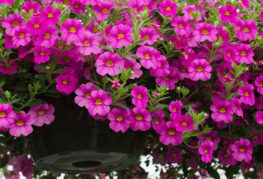
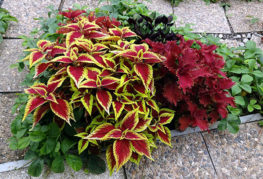


and will be published shortly.